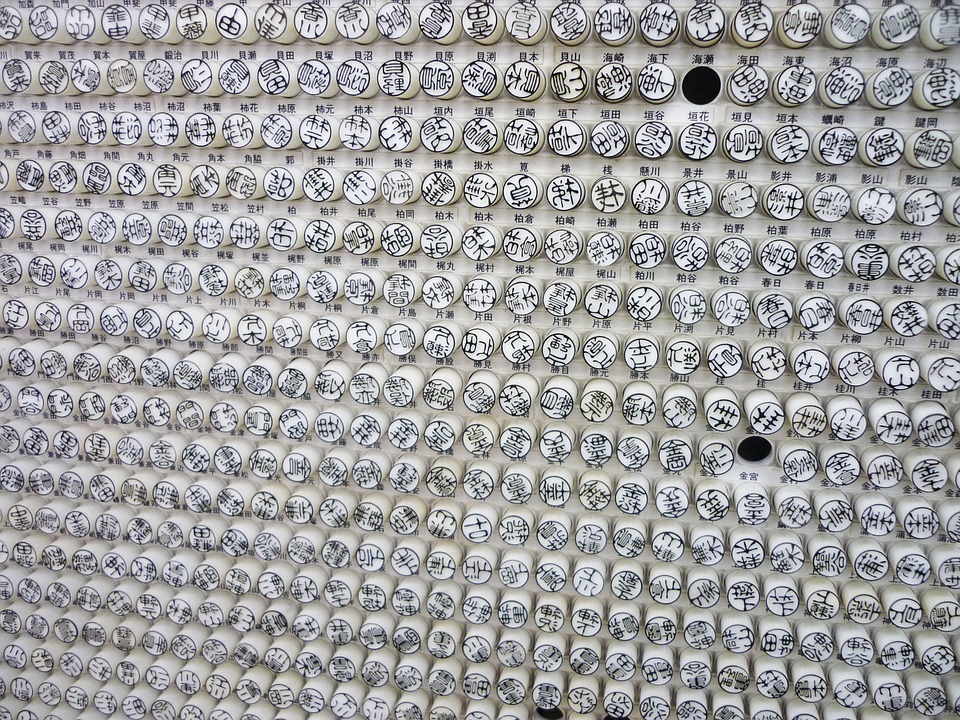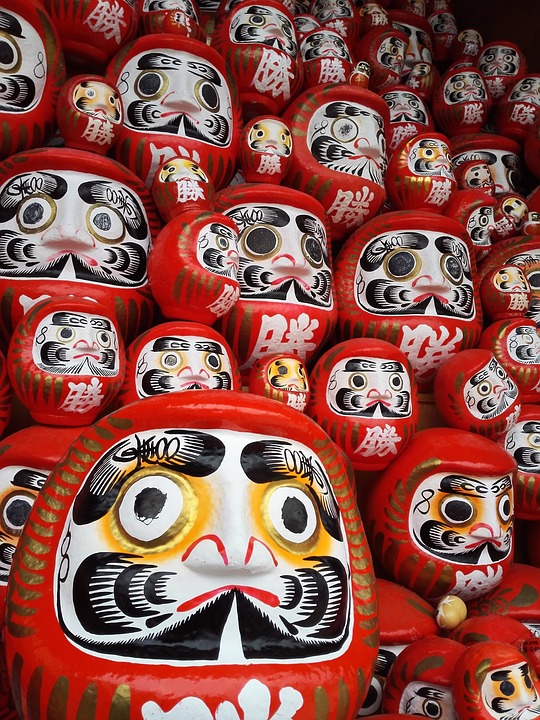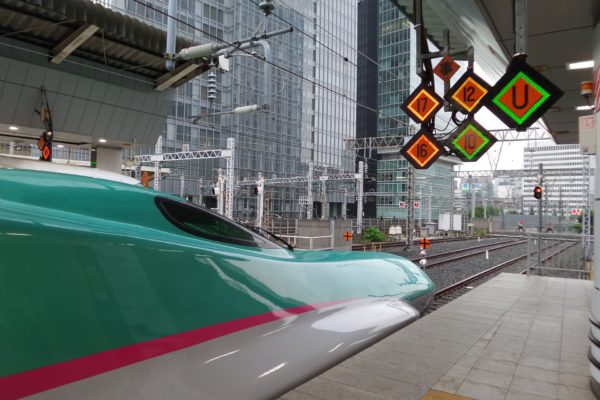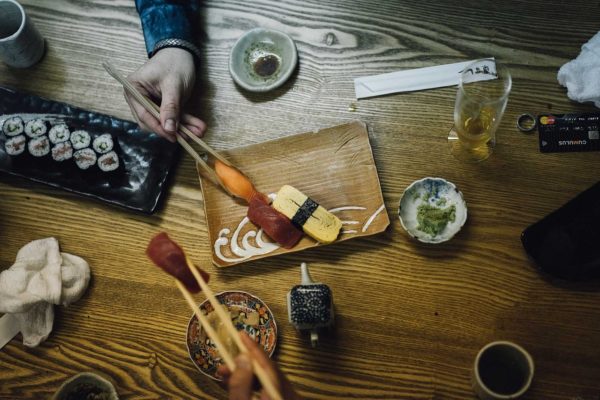On your visit to Japan, it is highly recommended to pick up a number of items unique to the country to serve as mementos of your trip. Whether you are in the large cities, such as Tokyo and Osaka, or in the remote parts of Hokkaido, there should be a variety of Japanese goods available for sale as souvenirs for you and other tourists. Below are examples of things that you can only purchase in Japan:
Wagashi
Wagashi is a kind of Japanese sweet usually made of mochi, fruits, and azuki bean paste (or anko). It originated from China, and became widely popular in Japan during the Edo Period.
Commonly served in Japanese tea ceremonies, it comes in several types, such as botamochi (rice ball wrapped with thick azuki bean paste), sakuramochi (rice cake stuffed with azuki bean paste and wrapped in pickled cherry leaves), gokabou (cake made of rice and sugar), and kusa mocha (made of Japanese mugwort stuffed with azuki bean paste).
It is available in a lot of shops at train stations, malls, department stores, and tourist areas.
Inkan/Hanko

In Japan, it is common for people to use seals and stamps when dealing with paperwork. Known as inkan or hanko, they use these to sign or accept contracts and other documents instead of signatures.
To get one for yourself, drop by a 100 yen shop and other souvenir stores. There should be a ton of standardized inkan and hanko to choose from that feature common hiragana/katakana/kanji characters and Japanese names. You can also acquire one from a hanko box, which is like a vending machine that lets you customize your own inkan/hanko, found at many Don Quijote locations.
Yukata
Also sometimes referred to as a summer kimono, a yukata is a traditional Japanese garment that is made of light and breathable fabric, usually cotton or synthetic. Used by both men and women, it comes in a wide range of designs and colours. It is typically worn during summer festivals and at ryokan or onsen resorts.
Many large department stores and even small boutiques around the country, most especially those adjacent to tourist attractions, have yukata available for sale. In Tokyo, check out the Asakusa district for second-hand shops that offer yukata for as low as 1,000 yen.
Kanzashi
Kanzashi are traditional Japanese hair ornaments. Their use dates as far back as the Jomon period, when people wore thin sticks or rods in their hair to keep bad omen and evil spirits away. They became more popular during the Edo Period, as hairstyles became more varied and complex.
Today, kanzashi are frequently seen in weddings, worn by the brides, and in Japanese tea ceremonies. They are also often used by geisha and other kimono-wearing professionals. They come in different styles, designs, and sizes, and handcrafted using materials like tortoise shell, silk, gold or silver plated metal, and lacquered wood.
Noh masks
Noh is an ancient form of Japanese musical and drama theatre that has been around since the 1300s. A mixture of narration and dance performances, it is based on stories from classical literature, performed by highly skilled actors, dancers, and musicians. It heavily relies on gestures and bodily movements to convey emotions.
To represent the different characters in the story, the actors wear Noh masks that depict ghosts, demons, elderly, warriors, women, children, and more. These masks are made from Japanese cypress wood blocks that are carved and painted on.
If you are in Tokyo, check out Asakusa to find stalls selling different styles and designs of Noh masks.
Kairo
Kairo are disposable heat packs that can keep you warm for eight hours or more during the cold winter days of Japan. They are very useful for visitors who are from tropical countries or are not used to freezing temperatures.
They can be purchased at pharmacies, convenience stores, and discount shops, and typically come in packs of 10 or more individually wrapped pieces. To use one, simply take the plastic cover off, and place it inside your pockets or stick it to your clothes to heat up your body. Exposure to air immediately activates the heat pad. It is not recommended to directly attach it to the skin as it tends to get quite hot.
Sensu
Sensu are Japanese foldable fans that have been used since the ancient times. Made of paper on a wooden or bamboo frame, they come in a wide variety of styles and designs, usually depicting nature and scenery.
In kabuki performances, sensu are commonly used as props for both male and female characters that belong to the noble class. They are also used by Buddhist monks and geisha.
For tourists, there are sensu in all sorts of styles and designs found at various sightseeing destinations across the country. They are a great item to have to help cool yourself down during the hot and humid Japanese summer, and they only cost around 1,000 yen.
Furin
Furin are Japanese wind chimes that are typically seen in houses and buildings all over the country during the summer season. They have been part of the local customs and tradition for many centuries now as an item that fends off negative energy and evil spirits.
Usually hung outside homes, they make a gentle, melodic sound every time a gush of wind blows. They are made with metal or wood, and come in different colours, designs, and styles.
Daruma dolls

Daruma dolls are traditional Japanese dolls that are modelled after the founder of Zen Buddhism, Bodhidharma. They are round-shaped and hollow, and come in a large variety of colours and designs. Among the most popular types are the red-coloured ones that depict a bearded man.
Made of papier-mache, daruma dolls are typically sold with blank white eyes to allow the buyers the opportunity to fill one eye when they come up with a goal to achieve, and the other eye when they finally accomplish it.



